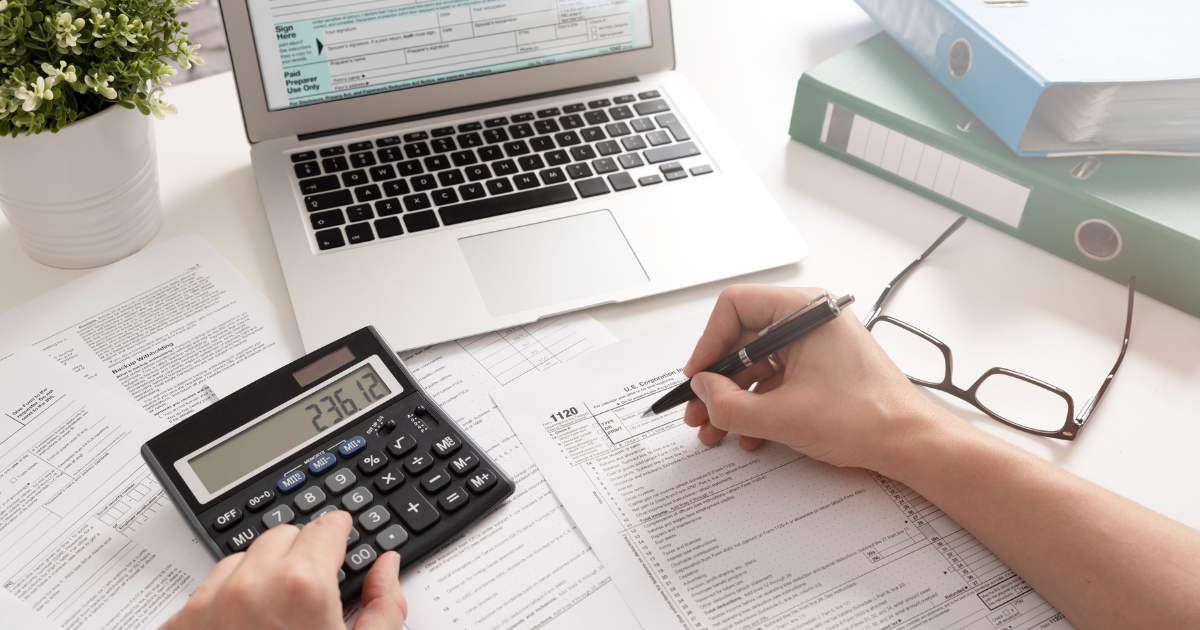Grasping the intricacies of the UK tax system is crucial for effectively managing your finances, ensuring you’re not only compliant but also maximising the allowances and reliefs available to you. This guide aims to demystify income tax, National Insurance contributions, and tax efficiency strategies.
Understanding UK Income Tax
Income tax in the UK is levied on earnings above a certain threshold, which includes income from employment, self-employment, certain benefits, pensions, and rental income. The amount of tax you pay depends on your income level and falls into different bands or rates:
- Personal Allowance: The amount of income you don’t have to pay tax on. For the 2023/24 tax year, this is typically £12,570.
- Basic Rate: 20% on income over your Personal Allowance and up to a certain limit.
- Higher Rate: 40% on income above the basic rate limit.
- Additional Rate: 45% on income over a higher threshold.
Understanding these rates and how your income is taxed can help you plan and manage your finances more effectively.
National Insurance Contributions (NICs)
NICs are payments made by employees, employers, and the self-employed to fund certain state benefits, including the State Pension, unemployment benefits, and the NHS. The amount you pay depends on your employment status and earnings. Knowing how NICs affect your take-home pay and benefits can influence your financial planning and employment decisions.
Maximising Tax Efficiency
Utilise Tax-Free Allowances: Ensure you’re making the most of your Personal Allowance, as well as other allowances like the Savings Allowance and Dividend Allowance, to minimise your tax liability.
Invest in ISAs: Contributions to Individual Savings Accounts (ISAs) are made from after-tax income, but the interest, dividends, and capital gains earned are tax-free. This can be a powerful way to grow your savings or investments without incurring additional tax.
Contribute to Your Pension: Pension contributions are tax-free up to certain limits. This not only reduces your taxable income but also helps you save for retirement. The government adds tax relief to your pension contributions, effectively giving you back the tax you paid on that income.
Claim Tax Reliefs and Deductions: Various tax reliefs are available for expenses related to your job, charitable donations, and more. Ensure you’re claiming all the reliefs you’re entitled to.
Consider Marriage Allowance: If one partner earns less than the Personal Allowance and the other is a basic rate taxpayer, you might benefit from transferring a portion of the unused allowance to the higher earner, reducing your overall tax bill.
Conclusion
Navigating the UK tax system effectively requires an understanding of how taxes are calculated and what deductions and allowances you’re entitled to. By making informed decisions about your income, savings, and investments, you can ensure you’re not paying more tax than necessary and are taking steps towards a secure financial future. As tax laws and allowances can change, it’s important to stay informed and consider consulting a tax professional for personalised advice.

